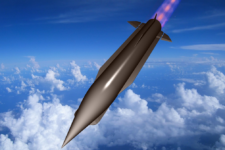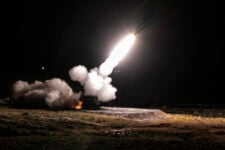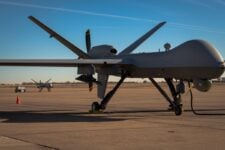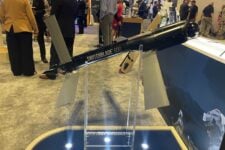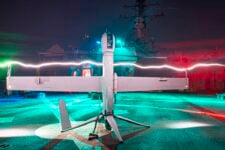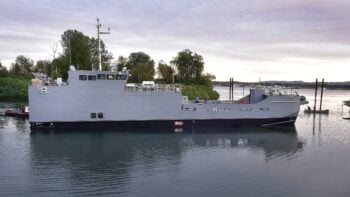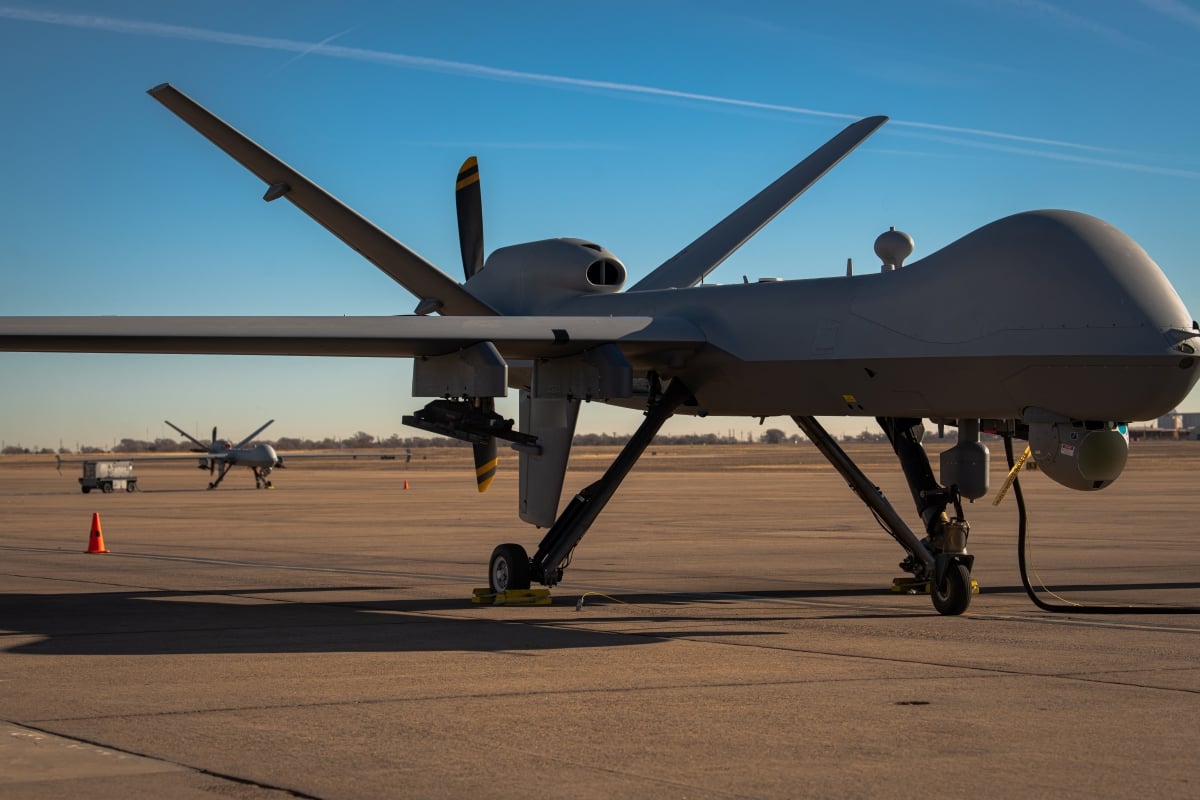
Photo by Staff Sgt. Vernon R. Walter III. Courtesy U.S. Air Force.
The work involved with supplying the world’s most elite military units is never done.
Because their missions change, their threats evolve, and their requirements change, so too must their tools and equipment.
It’s no different even with sophisticated platforms such as unmanned aerial systems, which need upgrades and improvements to keep pace with the ever-adapting threats to U.S. and allied special operations forces.
This is why General Atomics Aeronautical Systems, Inc., the San Diego-based builder of the MQ-9A Reaper® remotely piloted aircraft, has partnered with cyber-startup Shift5, sited just across the river from Washington, D.C., to further protect part of the Air Force’s fleet of Reapers.
Specifically, the companies are adding Shift5’s onboard cyber anomaly detection and predictive maintenance capabilities onto the aircraft owned by United States Special Operations Command and Air Force Special Operations Command.
Hazards to allied aircraft don’t only come in the form of missiles or artillery rounds. They also might involve malicious code that could disable a Reaper or steal priceless intelligence, surveillance, and reconnaissance or do other harm. Shift5 defeats that.
The GA-ASI and Shift5 partnership will provide AFSOC and SOCOM the ability to assure mission readiness and cyber survivability.
“The next logical and immediate extension of our work in enabling the U.S. Air Force is empowering AFSOC and SOCOM with additional resiliency and survivability of the MQ-9A on the battlefield,” said David Alexander, president of GA-ASI. “Shift5 represents a new class of dual-use defense tech business that can successfully operate at speed and scale with us to make an immediate impact for the warfighter.”
Shift5’s Platform reveals critical operational and cybersecurity insights that enable operators to move from data to decisions quickly and confidently.
The platform provides operator situational awareness, system health, and historical trends. The Shift5 Platform deploys on-premises or in the cloud and supports streaming and air-gapped modes for offline and online capability.
These upgrades let SOCOM and AFSOC continue to operate their unmanned aircraft with the confidence that they’ll remain protected against emerging threats.
“The battlefield of the future will include more remotely piloted, autonomous, and unmanned systems. Central to maintaining advantage in this operating environment is access to real-time data,” said Josh Lospinoso, CEO and co-founder of Shift5. “Our work with GA-ASI represents one of the most efficient and effective ways that AFSOC and SOCOM can gain access to critical operational and cybersecurity insights, democratize that data, and maintain decision dominance.”
The old-school dangers haven’t gone away, though. Although one great advantage of using unmanned aircraft is that they put no onboard human crews in danger, the Air Force and other users want to preserve them as much as possible to provide intelligence, surveillance, reconnaissance, and other capabilities.
That’s why GA-ASI and SOCOM are developing a new Airborne Battlespace and Defense pod – known as ABAD – for Air Force Special Operations Command’s MQ-9A Block 5-model Reapers. ABAD provides detection and protection against radio frequency and infrared anti-air threats.
Anti-aircraft weapons rely on radio waves or infrared systems to go after their targets. ABAD supports MQ-9 the way a threat warning suite works on a traditional tactical aircraft. It can sense if an anti-aircraft sensor is present and alert the remote crew of the Reaper about the prospect of danger from the ground. The ABAD pod also offers defensive measures against other air and ground systems.
These capabilities give tactical aircraft a greater chance to see ground threats earlier and deal with them quickly. Commanders also get time and space to decide what action to take – should they withdraw? Should they keep an aircraft in the threat area knowing the risks? Should they decide to counterattack the anti-aircraft weapons that have identified themselves by emitting or firing?
Upgrades such as the ABAD pod and the new onboard cyber monitoring system let Reaper continue to play its central role in the way American and allied forces fight, even in highly dynamic environments, and they also underscore how adaptable the MQ-9 platform remains. The Reaper and its newer-model siblings are destined to stay at the vanguard for a long time.


